

Wednesday, December 18, 3:30pm - 4:30pm, WEL 2.122
Harvard University (Astrophysics)
PhD, Stanford, 2015 (Moerner)
We are developing and applying a suite of transformative new bioimaging tools exploiting quantum sensing, super-resolution optical imaging, correlated electron microscopy and cathodoluminescence, and new modalities for NMR and MRI. Applications range from noninvasive magnetic imaging of individual neurons to high-resolution NMR spectroscopy of single cells to open-access, low-magnetic-field human MRI.
Publications (Google Scholar Citations)
h-index: 13 Total Articles: 17 Total Citations: 562 (Web of Science, Nov 2019)
h-index: 12 Total Citations: 788 (Google Scholar Citations, Nov. 2019)
Thursday, December 5, 3:30pm - 4:30pm, NHB 1.720
University of Toronto
PhD, Penn State 2018 (Mallouk)
Sargent Group (Electrical & Computer Engineering)
As the global population and economic activity grow, so too does worldwide energy demand. Burning fossil fuels has, until now, represented the cheapest form of electricity. It is responsible for major emissions of carbon dioxide. Renewable electricity from solar and wind are excellent, increasingly cost-effective, low-carbon alternative energy sources. However, they suffer from the issue of intermittency. In order to combat climate change and reduce our carbon footprint, we must discover a way to store energy in an efficient, cost-effective, and scaled-up fashion. Our group is actively researching the efficient conversion of carbon dioxide into fuels and high value feedstocks. Carbon capture and storage is one of the most promising strategies for the short term mitigation of greenhouse gas emissions. We have developed nanostructured, robust, efficient metal catalysts that turn carbon dioxide into fuels and important precursors for industrial processes. We are leveraging interdisciplinary expertise in surface nanostructuring, computational modelling, and electrochemical synthesis to discover materials that can turn CO2 selectively into a programmable range of hydrocarbon products.
Publications (Google Scholar Citations)
h-index: 12 Total Citations: 806 (Google Scholar Citations, Nov. 2019)
Thursday, November 21, 3:30pm - 4:30pm, NHB 1.720
JILA/NIST (CU Boulder)
PhD, Berkeley, 2018 (Neumark)
The Ye group explores the frontier of light-matter interactions where novel atomic and molecular matterials are prepared in the quantum regime. We also control light fields that include both continuous waves and ulrashort pulses. Our experiments advance the fields of precision measurement, ultracold atoms and molecules, quantum metrology, as well as ultrafast science and quantum control. We are known for developing technologies in the areas of high-precision laser spectroscopy, atomic and molecular cooling and trapping, optical frequency metrology, quantum control, and ultrafast lasers. We apply these technologies for research in fundamental physics.
Publications (Google Scholar Citations)
h-index: 13 Total Articles: 34 Total Citations: 466 (Web of Science, Oct. 2019)
h-index: 14 Total Citations: 562 (Google Scholar Citations, Oct. 2019)
Thursday, November 14, 3:30pm - 4:30pm, NHB 1.720
Institute for Molecular Engineering, Argonne National Laboratory
PhD, Northwestern, 2016 (Ratner, Chen)
Nick is interested in optoelectronically active soft matter via the combination of quantum-level treatments of molecular detail and mesoscale modeling of soft materials. His graduate work concentrated on how electrons and excitations move through soft matter networks, while his current research focuses on the development and application of coarse-grained models for polyelectrolytes.
Publications (Google Scholar Citations)
h-index: 17 Total Citations: 1214 (Google Scholar Citations, Oct. 2019)
Monday, November 11, 3:30pm - 4:30pm, WEL 2.122
Research Assistant Professor
University of Utah
PhD, Univ. of Warwick, 2008 (Unwin, Whitworth)
The White group is an interdisciplinary team that applies principles grounded in electrochemistry to advance understanding of a wide variety of physical systems. Systems currently investigated within the group span the physical, analytical and biological sciences. These include nano-pore/pipette based sensing, measuring and delivery of nanoscale particles; protein ion channel electrical measurements of nucleic acids; theoretical and electrochemical scanned probe investigations of solid-state batteries; experimental measurements and theoretical analysis of ionic transport in confined geometries; and fundamental studies of electrochemically generated nanobubbles.
Publications (Google Scholar Citations)
ORCID: https://orcid.org/0000-0001-8072-361X
h-index: 21 Total Articles: 54 Total Citations: 1260 (Web of Science, Oct. 2019)
h-index: 24 Total Citations: 1778 (Google Scholar Citations, Oct. 2019)
Thursday, November 7, 3:30pm - 4:30pm, NHB 1.720
Assistant Professor
Iowa State University
PhD, UT Austin 2010 (Crooks)
Research in the Anand group addresses critical needs in human health and advances sustainable energy technologies. Currently, the group is developing analytical methods and microscale devices to:
The contributions that we make to these fields leverage our expertise in bioanalysis, electrochemistry, microfluidics, and electrokinetics.
Publications (Google Scholar Citations)
ORCID: https://orcid.org/0000-0003-2801-8280
h-index: 12 Total Articles: 20 Total Citations: 518 (Web of Science, Oct. 2019)
h-index: 16 Total Citations: 1084 (Google Scholar Citations, Oct. 2019)
Thursday, October 24, 3:30pm - 4:30pm, NHB 1.720 
Professor
University of Colorado
Current photovoltaic devices have a limit on how much energy can be collected from sunlight: photons with insufficient energy are not absorbed and photons with excess energy create excitons that thermalize before being collected. One way to increase this limit would be to convert the high-energy photons into more than one exciton each. There is experimental evidence that multiple exciton generation can happen in semiconductor quantum dots, but the mechanism is unclear. A semiconductor quantum dot has a size large compared to lattice constants but small or comparable to the bulk Bohr exciton radius. In this situation, an excited electron is delocalized with respect to its parent atom but confined to the quantum dot. The same is true for the empty orbital left behind, which is called a hole. The electron and the hole together are termed an exciton.
When forming an exciton by optical excitation, any photon energy above the band gap, Eg, is distributed between the hole and the electron. This excess energy puts the electron and hole far from thermal equilibrium with the crystal, and potentially even with each other. The cooling of these "hot" carriers can occur by a variety of methods. Two methods of interest in quantum dot multiple exciton generation theories are phonon emission and impact ionization. In phonon emission, an exciton excites a vibration and scatters as a lower-energy exciton. In impact ionization an electron or hole loses excess energy by exciting another electron into the conduction band, thereby creating another exciton. Studies in the Jonas group include a variety of nonlinear spectroscopies in order to measure the timescales and importance of these mechanisms.
h-index: 28 Total Articles: 63 Total Citations: 4105 (Web of Science, Sep. 2019)
Thursday, Sep. 26, 3:30pm - 4:30pm, NHB 1.720 
Assistant Professor
University of Oregon
Abstract: Native ion mobility-mass spectrometry (IM-MS) uses electrospray ionization from buffered, aqueous solutions to gently transfer biomolecular complexes into the gas phase, where their mass, size, composition, and high-order structure can often be rapidly, sensitively, and accurately determined. However, as instrument improvements have greatly increased the complexity, polydispersity, and heterogeneity of complexes that can be routinely detected, a major problem has arisen: how to make sense of the extremely congested IM-MS spectra that result from these diverse ion populations. The Prell Group has created signal processing tools to disentangle these spectra, using polydispersity as an advantage for characterizing native complexes via Fourier and Gábor Transform. In this talk, I describe application of these and other tools we have developed to characterize the structure of bacterial pore-forming toxin complexes and to provide a way around the dependence of native IM-MS on volatile salt buffers.
Publications (Google Scholar Citations)
h-index: 24 Total Articles: 43 Total Citations: 1674 (Web of Science, Aug. 2019)
h-index: 24 Total Citations: 2102 (Google Scholar Citations, Aug. 2019)
Thursday, Sep. 19, 3:30pm - 4:30pm, NHB 1.720 
Assistant Professor, Medical Biophysics
University of Toronto
Dr. Zarrine-Afsar’s current research interests revolve around the development of novel molecular oncology methods as they relate to rapid pathology and tumour type or subtype characterization, with a special focus on neuro-oncology and pediatric brain cancers. In particular, the utility of a hand held Picosecond InfraRed Laser (PIRL) desorption probe for rapid tumour type or subtype/subgroup identification based on real time, 10-second mass spectrometry (MS) analysis of the laser extracted tumour lipids and small molecule metabolites is being investigated. Current progress have made rapid determination of pediatric medulloblastoma (MB) subgroup affiliations on intrasurgical timescales possible with only 10-seconds of sampling and total analysis time, with a correct subgroup affiliation determination rate of ~98%, established over 100 independent banked ex vivo tumour tissues. A translational device development program based on the integration with surgical navigation platforms of the hand-held probe are being pursued that will lead to the novel concept of molecularly guided surgery based on spatially encoded mass spectrometry results for a personalized approach to MB resection that is aimed to reduce neurologic morbidity in low risk patients. The utility of the developed sampling probe that operates on the basis of Serially Mapping Ablated Residues from Tissue (SMART) is being expanded to other cancers through parallel developments of PIRL-MS signature libraries as well as real time, higher-order data and multivariate statistical analysis methods.
h-index: 21 Total Articles: 237 Total Citations: 1529 (Web of Science, Aug. 2019)
Thursday, Sept. 5, 3:30pm - 4:30pm, NHB 1.720 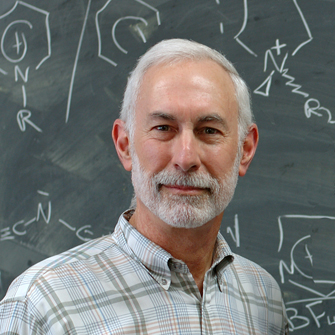
David Mulvane Ehrsam and Edward Curtis Franklin Professor of Chemistry
Stanford University
Abstract
Two dimensional infrared (2D IR) spectroscopy is used to investigate the dynamics of water. It is shown that a probe molecule, methylthiocyanate (MSCN), can be used to measure water hydrogen bond dynamics. The efficacy of this molecule is the CN stretch’s ~30 ps lifetime, making possible measurements of relatively slow processes. In addition, MSCN has a well-defined spectrum even in concentrated HCl solutions. First, MSCN is used to investigate dynamics of concentrated LiCl solutions. Chemical exchange is observed that reveals the dynamics of the interchange of water and Li+ bonding to the CN nitrogen lone pair. The time constants for Li+ replacing water and water replacing Li+ are obtained. Then, concentrated HCl solutions are investigated. The CN spectrum shows two bands, one with water H-bonded to the N lone pair and one with hydronium bonded to the lone pair. Again chemical exchange is observed, and the time constants for exchange of hydronium to water and vice versa are presented as a function of HCl concentration. Two possible mechanism can describe the data: 1. the physical exchange of hydronium and water, as occurs for Li+ and water, and 2. proton hopping between hydronium and water, in which case only a proton moves. Ab initio molecular dynamics simulations are used to determine the mechanism and other important aspects of the observables. It is found that 80% of the observed dynamics are from proton hopping. From the HCl concentration dependence in the experiments and the simulations it is possible extend the high HCl concentration measurements to the limit of infinite dilution to obtain the proton hopping rate. The measurement of the hopping rate determined from the direct chemical exchange experiments taken to infinite dilution coincides with the value inferred from mobility measurements. An important result is that the hopping time is the same as the hydrogen bond rearrangement time in pure water. It is argued that proton hopping is triggered by the concerted hydrogen bond rearrangement of many water molecule as obtained from 2D IR spectral diffusion measurements of pure water. The water hydrogen bond rearrangement as the driving force for proton hopping is affirmed by the temperature dependence of pure water spectral diffusion compared to the temperature dependence of proton hopping times from mobility measurements.
h-index: 81 Total Articles: 443 Total Citations: 22,580 (Web of Science, Jul. 2019)
Thursday, Aug. 22, 3:30pm - 4:30pm, NHB 1.720 
Assistant Professor of Chemistry
MIT
Research in our group is inherently multidisciplinary; we combine tools from chemistry, optics, biology, and microscopy to develop new approaches to probe dynamics. We study dynamics in two classes of systems: biological and bio-inspired light-harvesting systems that are of interest to solar energy research and biomass production; and bacterial and mammalian receptor proteins that are targets for human therapeutics. To explore these systems, we use ultrafast transient absorption spectroscopy, single-molecule fluorescence spectroscopy, and develop model membrane systems.
Publicatons (Google Scholar Citations)
h-index: 16 Total Articles: 25 Total Citations: 1208 (Web of Science, Jul. 2019)
h-index: 17 Total Citations: 1628 (Google Scholar Citations, Jul. 2019)
Monday, May 13, 3:30-4:30pm, WEL 2.122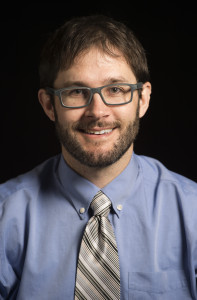
Assistant Professor
Washington State University
The core instruments designed and constructed in the Clowers Research Group are focused almost exclusively on the accurate measurement of gas-phase ion properties. While stand alone ion mobility instruments are extremely useful in a field-based setting the combination of this technique with mass spectrometry provides a second dimension of analysis that is extremely powerful. The research ion mobility instruments being constructed in our laboratory include both high (760 Torr) and low pressure (~4 Torr) instruments both capable of operating at a range of temperatures.
Publications (Google Scholar Citations)
h-index: 25 Total Articles: 68 Total Citations: 2261 (Web of Science, Apr. 2019)
h-index: 30 Total Citations: 3330 (Google Scholar Citations, Apr. 2019)
Thursday, April 25, 3:30-5:00pm, WEL 2.122
Associate Professor
Arizona State University
At the single molecule level, experiments now follow the steps in the life's journey of a single protein; from its synthesis in a ribosome, to its activity in a complex dynamical environment, to its death by proteolysis. At the cellular level, experiments reveal with incredible detail how groups of proteins come together to regulate important events such as cell division. In an ideal world, experiments should not require much modeling to reveal physical insight -- the data should be self-evident. Yet biophysical data is noisy, complex and largely incomplete for a variety of reasons. This is especially true of data collected from live cells. On the theory side, we develop, adapt and use tools derived from statistics, statistical physics and stochastic processes, broadly defined, to understand living systems across multiple time and length scales. On this front, there are two main research directions in our group: 1) we develop methods to infer models from imaging and spectroscopy data in biophysics with a recent focus on Bayesian nonparametrics; 2) we are developing models to understand enzymatic and molecular motor efficiency. On the experimental front, we are exploring the role of hydrodynamics on the interaction of bacterial predators with their prey.
Publications (Google Scholar Citations)
h-index: 12 Total Articles: 36 Total Citations: 614 (Web of Science, Apr. 2019)
h-index: 16 Total Citations: 928 (Google Scholar Citations, Apr. 2019)
Thursday, April 11, 3:30-4:30pm, WEL 2.122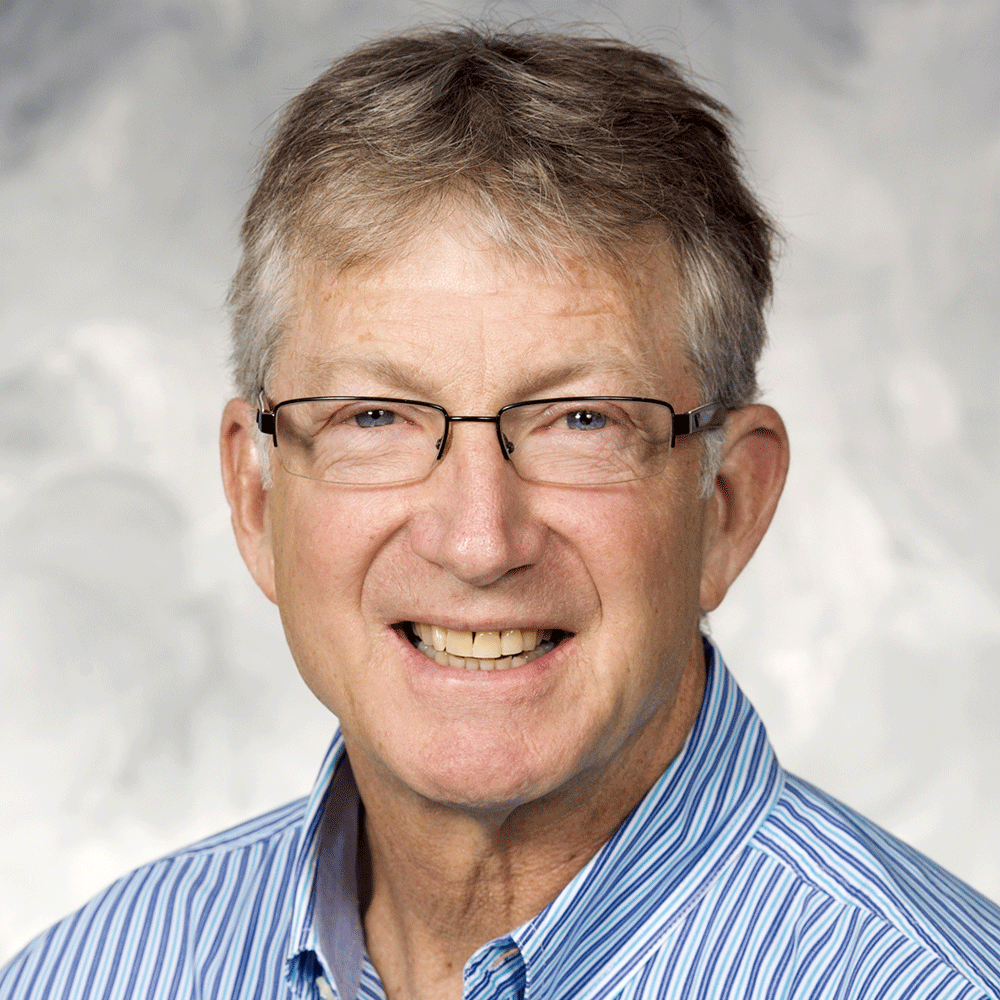
Crown Family Professor of Molecular Engineering
University of Chicago
We are interested in the structure and dynamics of condensed phase systems, and in particular, in the theory of time-dependent phenomena in liquids. Experimentally, one important approach for determining the structure and dynamics of condensed matter involves linear and non-linear vibrational spectroscopy. Typically, such spectroscopy contains information about local molecular environments, whose extraction, however, usually requires theoretical models and their solutions. In order to accomplish this, we use ab initio calculations, molecular dynamics simulations, statistical mechanics, and basically any theoretical approach that will enable us to further our understanding. The systems we are working on include water, peptides and proteins, interfaces, membranes etc.
Publications (Google Scholar Citations)
h-index: 66 Total Articles: 209 Total Citations: 12,746 (Web of Science, Mar. 2019)
h-index: 74 Total Citations: 15,714 (Google Scholar Citations, Mar. 2019)
Wed. April 10, 11am-12noon, NHB 1.720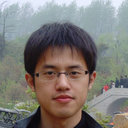
Associate Professor
Tsinghua University
h-index: 32 Total Citations: 4829 (Google Scholar Citations, Mar. 2019)
Co-presented with the Dept. of Chemical Engineering
Thursday, March 28, 3:30-4:30pm, WEL 2.122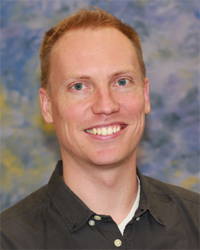
Assistant Professor
Texas A&M University
Our research considers fundamental questions of optical energy conversion relating to plasmonic and inorganic nanoscale materials. Our experiments are principally designed to identify and optimize unique nanoscale phenomena useful for solar energy conversion, as well as related opportunities at the intersection of nanophotonics and chemistry for broad application beyond the scope of solar energy. The current world record solar cell operates at 44.4% power conversion efficiency. Thermodynamic analyses indicate that much higher efficiency is theoretically possible. Indeed, technical challenges, rather than laws of nature, limit current solar power convertors from achieving the maximum thermodynamic efficiency of 95%.
h-index: 10 Total Articles: 18 Total Citations: 871 (Web of Science, Mar. 2019)
Thursday, March 14, 3:30-4:30pm, WEL 2.122
Associate Professor, Mechanical Engineering
Technion
Microfluidics Technology Laboratory
The unique physics of fluids at the microscale holds both challenges in the understating of basic physical phenomena and opportunities in leveraging these phenomena toward new technologies. Our lab combines experimental, analytical, and computational tools to study microfluidic problems characterized by coupling between fluid mechanics, heat transfer, electric fields, chemical reactions, and biological processes. We are currently interested in understanding basic mechanisms in electro-viscous-elastic interactions, thermocapillary, superhydrophobic surfaces, and in utilizing them to create new technologies for flow patterning, configurable microstructures, 3D printing, biosensing, and single cell analysis.
h-index: 15 Total Articles: 46 Total Citations: 839 (Web of Science, Mar. 2019)
Thursday, February 28, 3:30-5:00pm, WEL 2.122
Assistant Professor
Montana State University
Our research group utilizes nonlinear microscopy and ultrafast laser spectroscopy to interrogate and understand the optical, electronic, and chemical properties of materials important for advanced solar energy, catalytic, and electronics technologies. We are particularly interested in correlating macroscopic functionality with structural and compositional information on length scales between 10 nanometers and 10 microns. To this end, we use a variety of nonlinear microscopies, ab initio and semi-empirical theoretical methods, and ongoing technique development to advance understanding of how atomic and molecular scale interactions couple with mesoscopic interfaces and defects to determine overall material and device properties.
h-index: 14 Total Articles: 28 Total Citations: 597 (Web of Science, Feb. 2019)
Thursday, February 21, 3:30-4:30pm, WEL 2.122
Professor ; Chair
University of Puget Sound
Dan is interested in environmental analyses and monitoring of air and water. Projects with Puget Sound students have included remote sensing measurements of in-use emissions from vehicles such as cars, trucks, school buses, transit buses, trains, and boats (small personal vessels, commercial vessels and ocean-going vessels) both in the U.S. and internationally. Water analyses include quantifying trace levels of pharmaceuticals and illicit drugs in wastewater.
ORCID: https://orcid.org/0000-0003-2727-9307
h-index: 9 Total Articles: 16 Total Citations: 228 (Web of Science, Jan. 2019)
h-index: 10 Total Citations: 388 (Google Scholar Citations, Jan. 2019)
Thursday, February 7, 3:30-4:30pm, WEL 2.122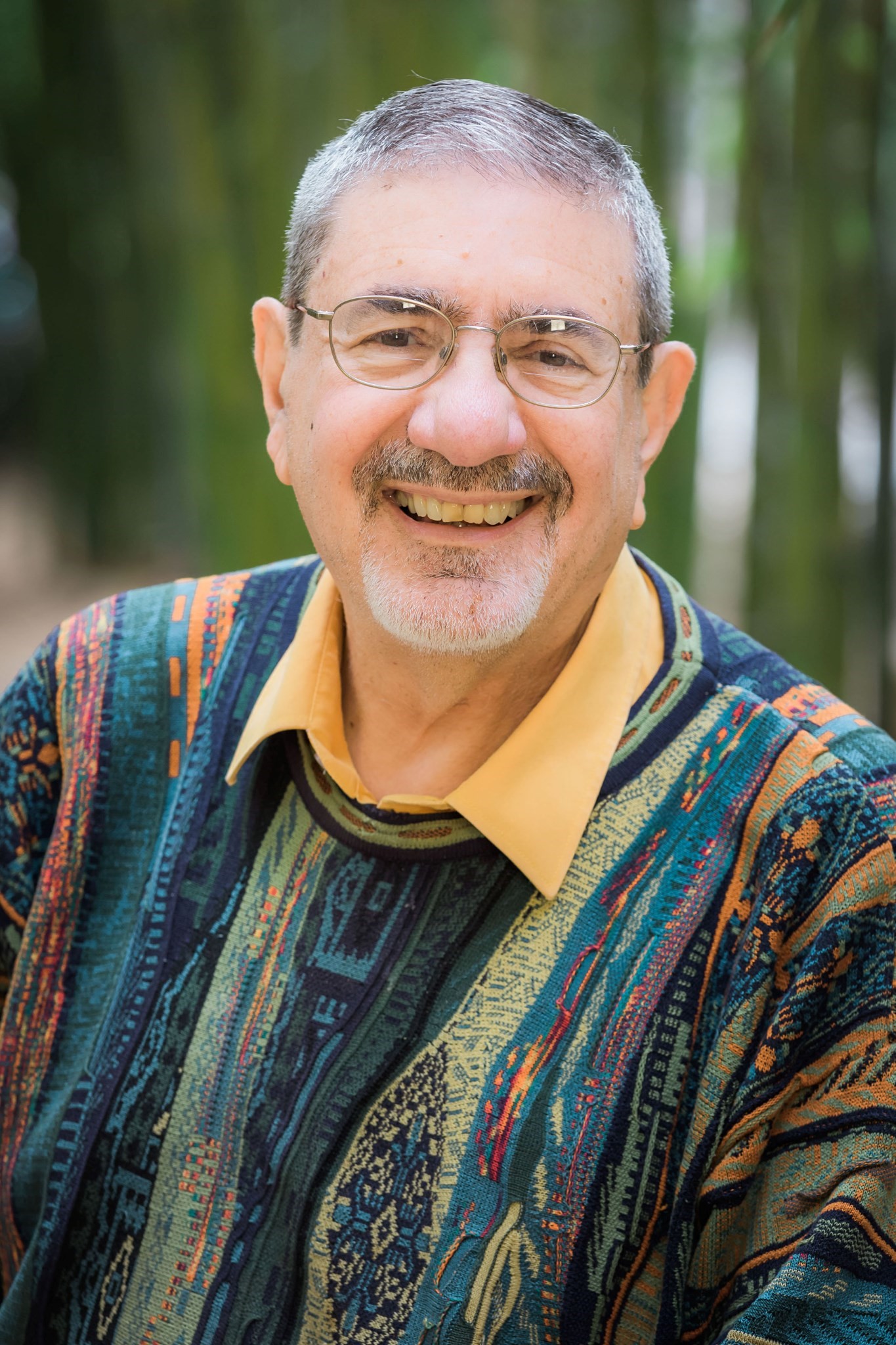
Marguerite Blake Wilbur Professor in Natural Science
Stanford University
For summaries of the many research topics of the Zare Lab, see the ZareLab Guide.
h-index: 111 Total Articles: 817 Total Citations: 49,142 (Web of Science, Jan. 2019)
Thursday, January 31, 3:30-5:00pm, WEL 2.122
George L. Argyros Professor of Chemistry
Caltech
Our research spans from single materials to fully integrated, operational devices and focuses on solving present-day issues in energy and chemical sensing by controlling interactions between light, semiconductors, catalysts, and liquids.
h-index: 86 Total Articles: 409 Total Citations: 36,577 (Web of Science, Jan. 2019)
Faculty Recruiting Seminar
Wednesday, January 16, 3:30-4:30pm, WEL 2.122
Postdoctoral Researcher
UC Berkeley
PhD 2016, Arizona State University
The Xu group is an interdisciplinary lab that develops new physicochemical tools to interrogate biological, chemical, and materials systems at the nanoscale with extraordinary resolution, sensitivity, and functionality. To do so, we take a multidimensional approach that integrates advanced microscopy, spectroscopy, cell biology, and nanotechnology.
h-index: 8 Total Citations: 265 (Google Scholar Citations, Dec. 2018)
The Seminars page is brought to you by the University Libraries. Our intent is to provide a quick profile of our guest speakers, links to their research group sites, recent publications, author metrics, and other information to enhance your engagement with the guests.

This work is licensed under a Creative Commons Attribution-NonCommercial 4.0 Generic License.